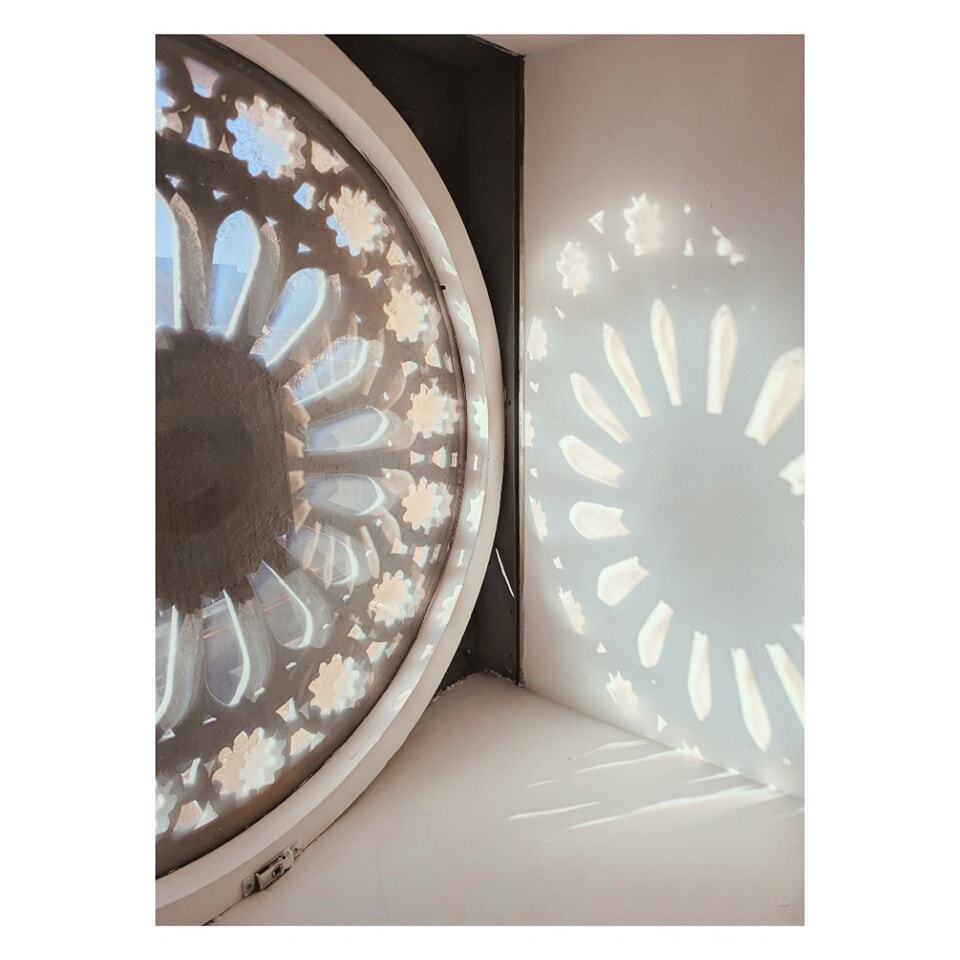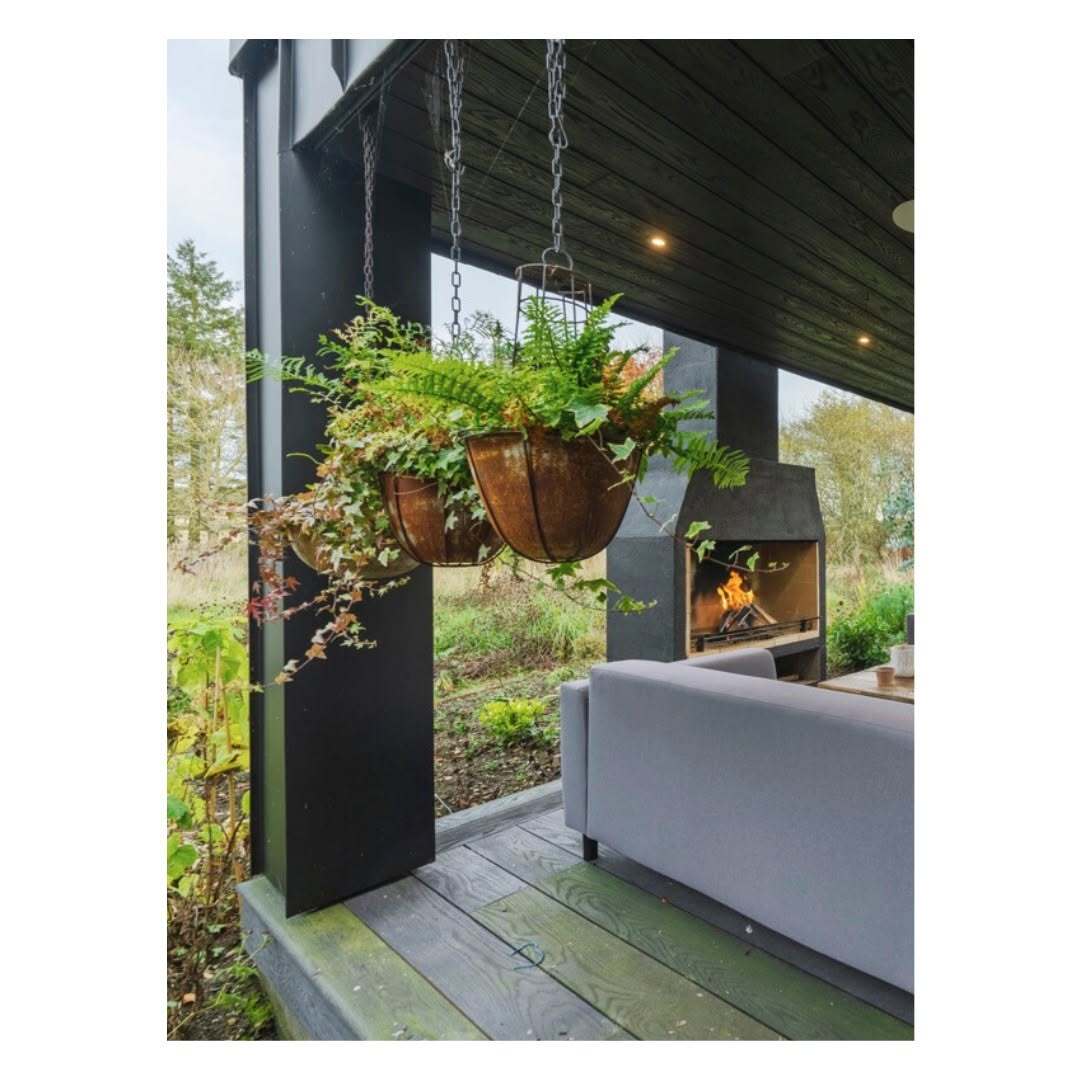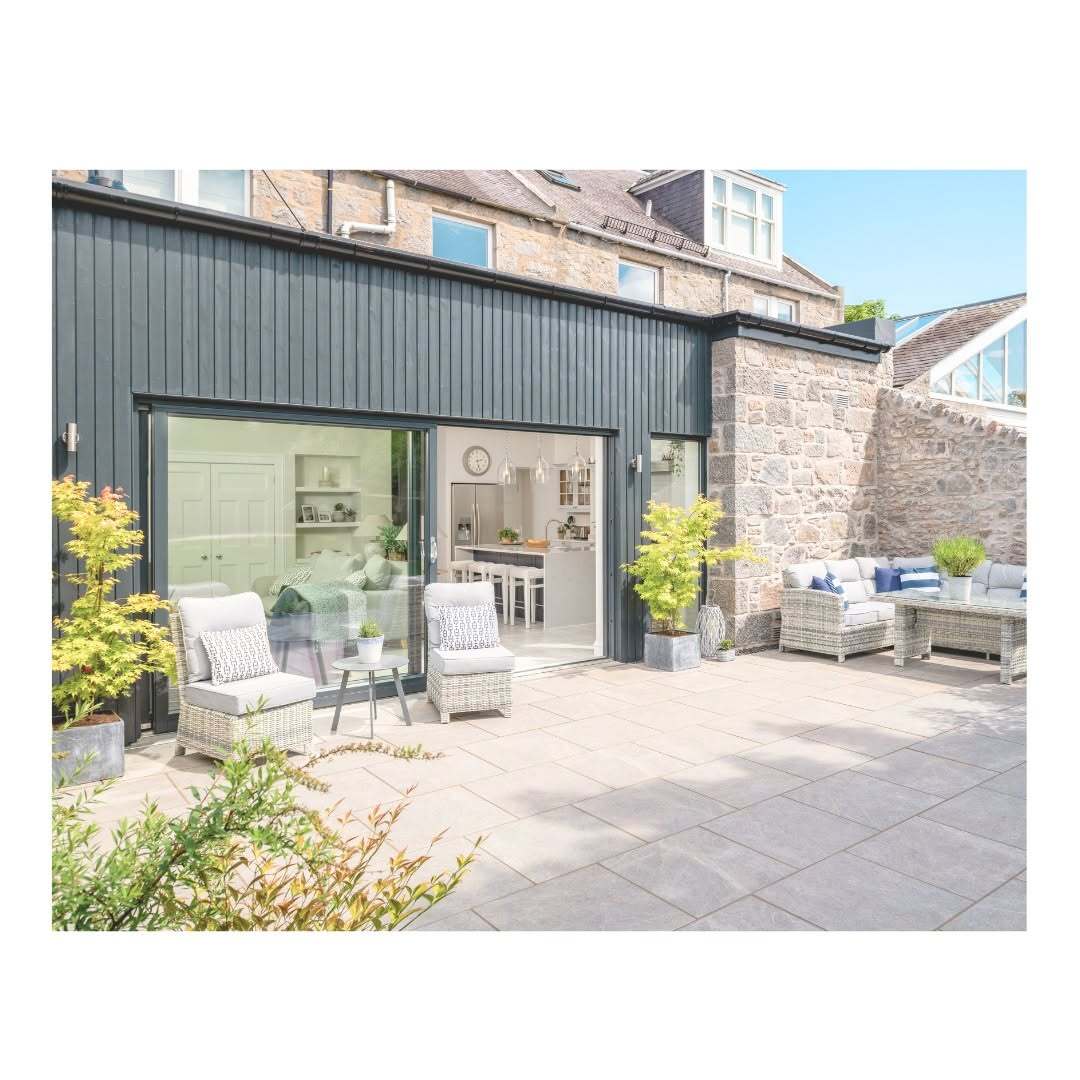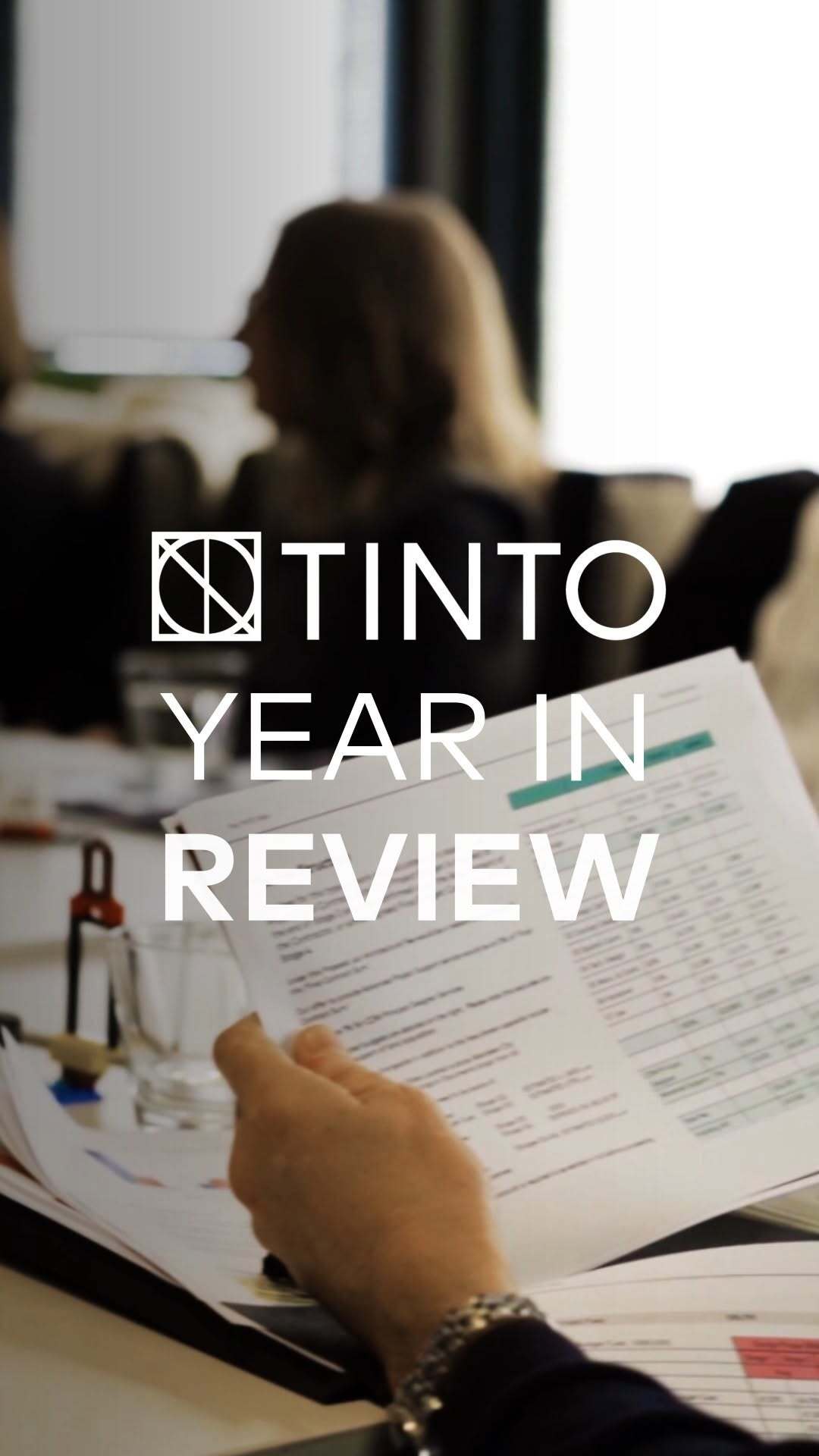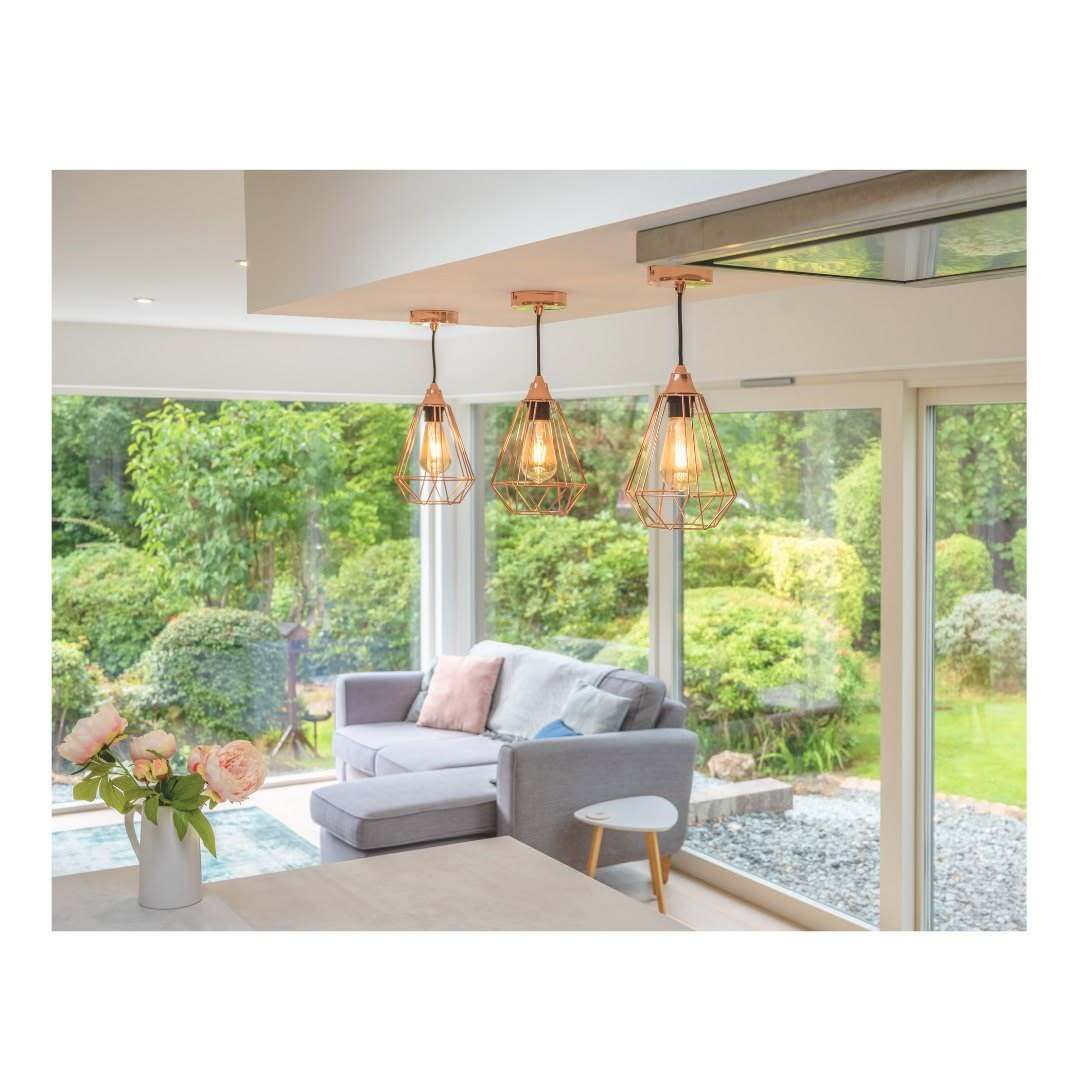AN INTRODUCTION TO OUR CUSTOMER JOURNEY MAP
Every business should be concerned about customer experience. After all, customers are the lifeblood of your business, and without them we wouldn’t survive.
This sounds like common sense, right? So why is it that the majority of organisations, across all sectors are still providing a less than perfect customer experience?
At Tinto we care about our clients, and want to make sure we deeply understand your expectations and then make sure we deliver upon them. Human centred design is the core principal behind everything that we do. It’s something that we also apply to how we deliver our service.
Over the past few months, we’ve carried out market research on how people feel about the way architecture is delivered as a service. We’ve also taken time to speak to many of our clients to understand how they had felt about their experience of dealing with Tinto in particular.
One of the main insights was that architects could be better at communicating. There were very few issues around the technical aspects of architecture, rather the focus was on how we could deliver a better service experience for non-architects. This was particularly relevant when it came to the project process, which many saw as over-complicated.
Granted, following an architectural project, understanding the terms, and keeping track of the different stages can be tricky, but that’s no excuse. We wanted to make that easier, and take our customers on a journey that was smoother and friendlier, so that working with us was a better experience.
One of the tools used in the service design process is a Journey Map. Working with designers from Ashton McGill, and using the insights gleaned from our market research, we set about designing a customer journey for Tinto clients that would address the main concerns.
Its mission was to do exactly what it says on the tin – to map each stage in the journey that a client has with Tinto, from introduction to completion and handover. Not only would this take into account what would happen along the way, but it would also detail what to expect from us and when. That way we’re all on the same page, and it would help guide our clients through projects, resulting in a smoother customer experience.
To give a bit of background, when architectural firms enter into a contract with a client, we are legally obliged to give them what is known as an ASP/2005 document. This is quite a detailed, unfriendly legal document, which contains the Scottish Conditions of Appointment of an Architect.
This, however, is normally all the documentation you are provided with when you become a client of an architectural firm. What it doesn’t tell you is things like when you might receive an invoice, where in the process you might need to have a meeting with us, what is going on during periods between design and construction. Our research told us that this is all critical information that our clients need to know.
We set to work and created a user-friendly customer journey, which we then mapped in a visually appealing way, encompassing appropriate icons and other information along the way in support of the ASP/2005 document, making it much easier for our clients to understand what to expect.
Alongside this, during our research we captured what were your most frequently asked questions. Everyone has questions, so we thought it was better to answer these without you having to ask.
Finally, we wanted to tell our customers a little bit about Tinto, where we came from and where we hope to be, along with some fun facts from the corresponding years.
Ultimately, our customer journey map provides you with peace of mind, while identifying opportunities for improvement and innovation during your time with us. We want our clients to have a different experience with Tinto – different in a brilliant way. This document will help to make that happen.
We hope you find our customer journey map helpful, and would really appreciate your feedback – so do let us know what you think!
